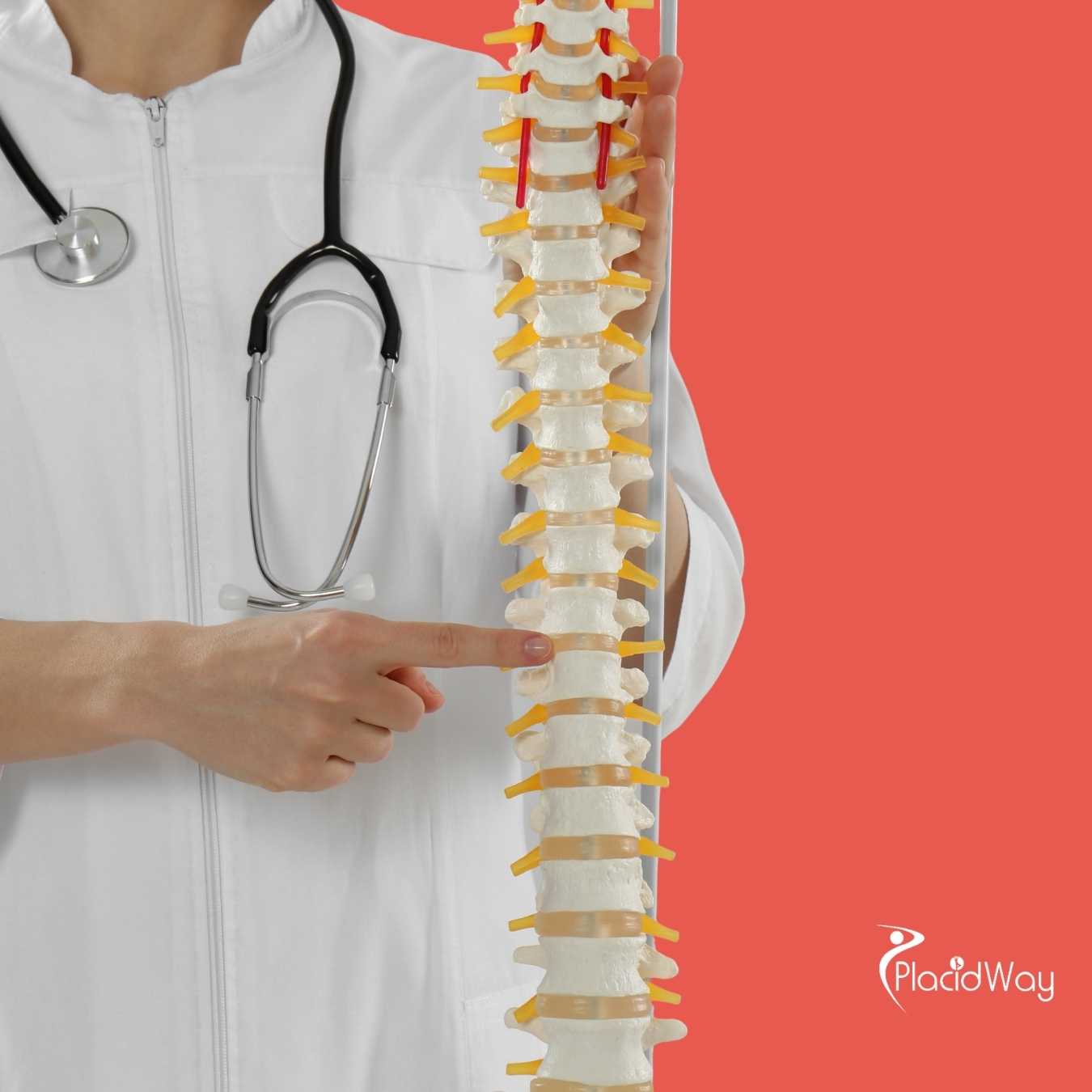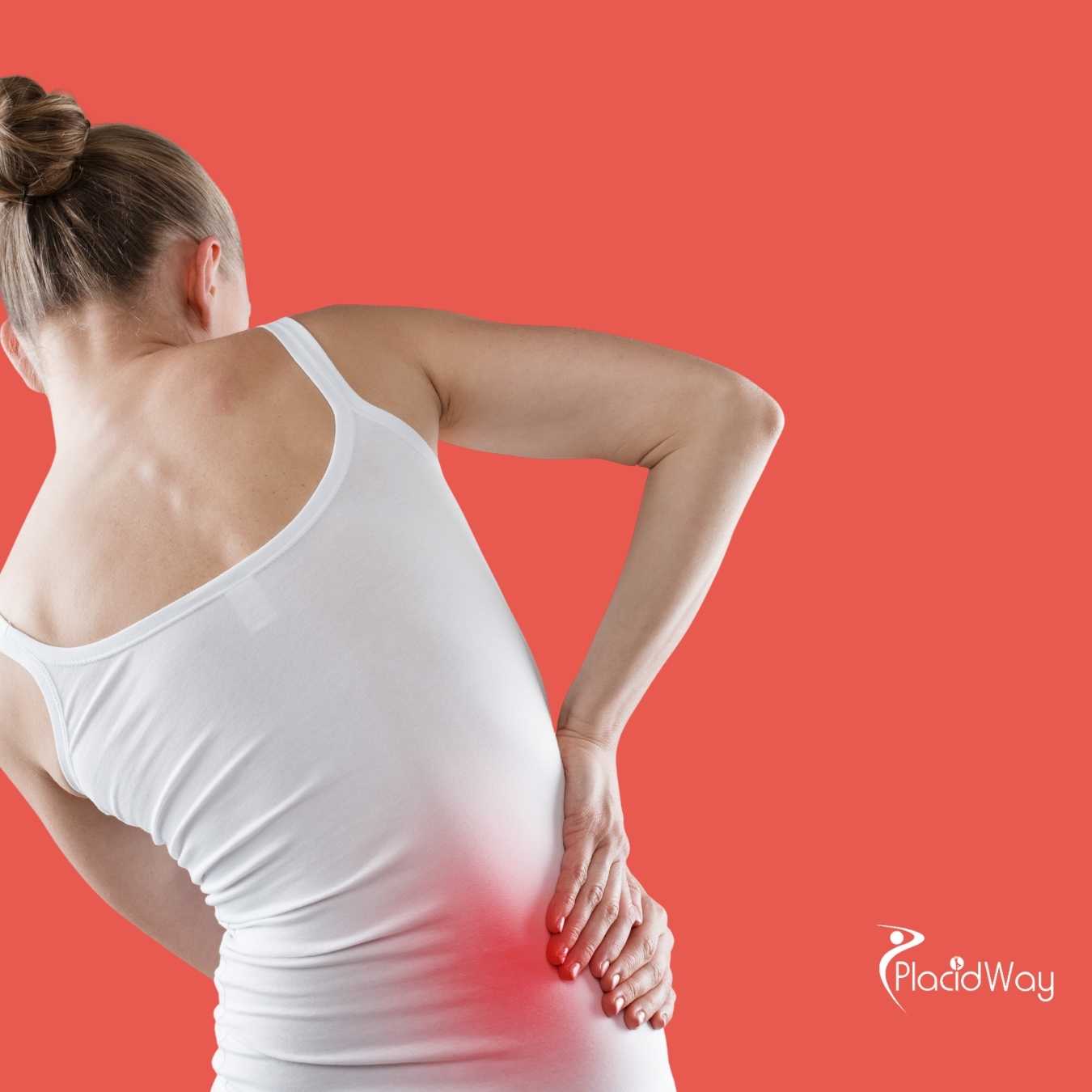How to Relieve Pain from Basal Joint Arthritis in the Thumb
.png)
Living with hand pain can significantly impact daily activities, especially when it affects your thumb. If you've been experiencing discomfort at the base of your thumb, where it connects to your wrist, you might be dealing with basal joint arthritis, also known as CMC joint arthritis. This common condition occurs when the cartilage cushioning the ends of the bones at this joint wears away, leading to pain, stiffness, and weakness.
The good news is that there are many effective ways to treat basal joint arthritis in the thumb, ranging from simple lifestyle adjustments and conservative therapies to advanced surgical procedures. Understanding these options is the first step toward finding relief and regaining the use of your hand. Whether you're just starting to notice symptoms or have been living with chronic thumb pain, exploring the available treatments can help you make informed decisions about your care and improve your quality of life.
What is basal joint arthritis in the thumb?
The basal joint, or carpometacarpal (CMC) joint, is located at the base of your thumb, connecting the thumb's metacarpal bone to one of the wrist bones (the trapezium). This joint is crucial for the thumb's wide range of motion, allowing you to pinch, grasp, and perform fine motor tasks. Arthritis in this joint occurs when the smooth cartilage that covers the ends of the bones erodes over time, leading to bone-on-bone friction.
This friction causes inflammation, pain, and damage to the joint. While it can be caused by injury, it's most commonly an age-related degenerative condition, more prevalent in women. Symptoms typically include pain at the base of the thumb, especially with pinching or gripping activities, swelling, stiffness, and a decreased range of motion. Early diagnosis is important for effective management and to prevent the condition from worsening.
What are the initial non-surgical treatments for basal joint arthritis?
Most individuals with basal joint arthritis begin with conservative, non-surgical treatments aimed at managing pain and preserving joint function. These approaches are often effective, especially in the early stages of the condition. The primary goals are to reduce inflammation, minimize stress on the joint, and strengthen surrounding muscles.
Common non-surgical strategies include:
- Splinting or Bracing: Wearing a specialized splint or brace can support the basal joint, restrict painful movements, and provide rest. This reduces inflammation and allows the joint to heal.
- Medications: Over-the-counter pain relievers such as ibuprofen or naproxen (NSAIDs) can help reduce pain and swelling. Your doctor might also prescribe stronger anti-inflammatory drugs.
- Physical Therapy: A hand therapist can teach you exercises to strengthen the muscles around the thumb and wrist, improve joint stability, and modify daily activities to reduce strain on the CMC joint.
- Activity Modification: Adjusting how you perform daily tasks, using adaptive tools, or avoiding activities that trigger pain can significantly reduce symptoms and prevent further irritation to the joint.
When is surgery recommended for basal joint arthritis?
While conservative treatments are highly effective for many, there comes a point for some individuals when the pain becomes constant, severe, and debilitating, despite diligent efforts with non-surgical methods. This is typically when surgical intervention for thumb arthritis is considered. The decision for surgery is a collaborative one, made between the patient and their orthopedic surgeon, taking into account the severity of the arthritis, the patient's overall health, and their daily functional needs.
Key indicators for recommending surgery include persistent pain that interferes with sleep or basic daily tasks, significant loss of strength or range of motion in the thumb, and X-ray evidence of advanced joint damage. The aim of surgery is to reconstruct or replace the damaged joint, thereby eliminating pain and restoring the thumb's stability and function. It's often seen as a last resort, but a very effective one for appropriate candidates.
What types of surgery are available for thumb basal joint arthritis?
If surgery becomes necessary for basal joint arthritis in the thumb, several effective procedures can alleviate pain and restore function. The choice of surgery depends on the severity of the arthritis, the patient's age, activity level, and the surgeon's preference. Each technique aims to address the damaged joint surfaces and reduce bone-on-bone friction.
The most common surgical options are:
- Trapeziectomy: This is one of the most frequently performed surgeries. It involves removing the trapezium bone, one of the wrist bones that forms part of the basal joint. The space left behind often fills with scar tissue, creating a fibrous pseudo-joint that provides pain relief.
- Ligament Reconstruction with Tendon Interposition (LRTI): Often performed after a trapeziectomy, this procedure involves removing the trapezium bone and then using a piece of tendon (usually from the patient's forearm) to fill the space where the bone was removed. This tendon material acts as a cushion, preventing bone-on-bone contact and helping to stabilize the joint.
- Arthrodesis (Joint Fusion): In some cases, especially for younger, very active individuals who need maximum strength and stability (e.g., manual laborers), the basal joint can be fused. This involves permanently joining the bones together, eliminating movement but also eliminating pain. While it provides excellent stability, it restricts thumb motion.
- Arthroplasty (Joint Replacement): Less common than trapeziectomy or LRTI for this joint, thumb joint replacement involves replacing the damaged joint surfaces with artificial implants, similar to hip or knee replacements. These implants can be made of metal, plastic, or a combination, aiming to restore pain-free motion.
Each surgical option has its own benefits and potential risks, and recovery times vary. A detailed discussion with a hand surgeon is essential to determine the most suitable procedure for your specific condition.
How effective are injections for basal joint arthritis?
Injections are a popular non-surgical treatment option for managing the symptoms of basal joint arthritis. The most common type of injection used is a corticosteroid injection, often combined with a local anesthetic. These injections deliver powerful anti-inflammatory medication directly into the affected joint, which can significantly reduce pain and swelling.
While injections can provide substantial relief, it's important to understand that they are generally temporary. The duration of pain relief varies from person to person, typically lasting anywhere from a few weeks to several months. They don't cure the arthritis or reverse the joint damage, but they can be invaluable for breaking the cycle of pain and inflammation, allowing patients to participate more effectively in physical therapy or to manage flare-ups. Repeat injections are possible, but usually limited to a few times a year to avoid potential side effects like cartilage damage or weakening of tendons.
Can physical therapy help with basal joint arthritis?
Physical therapy, often administered by a certified hand therapist, plays a vital role in both non-surgical management and post-surgical rehabilitation for basal joint arthritis. A therapist can provide personalized guidance to help you manage your condition effectively. They assess your hand function, pain levels, and specific limitations to create a tailored treatment plan.
Therapy typically includes a combination of:
- Exercises: Specific exercises are taught to strengthen the muscles supporting the basal joint, improve range of motion without causing pain, and enhance overall hand dexterity. These exercises aim to improve joint mechanics and reduce stress on the arthritic joint.
- Splinting: Therapists can fit custom or off-the-shelf splints that immobilize or support the thumb, providing rest for the inflamed joint and reducing pain during activities.
- Activity Modification: You'll learn ergonomic principles and techniques to perform daily tasks in ways that minimize stress on your thumb, protecting the joint from further wear and tear.
- Modalities: Techniques like heat, ice, or ultrasound may be used to help manage pain and inflammation.
Regular engagement with physical therapy can significantly improve your quality of life, reduce reliance on pain medication, and potentially delay the need for surgery.
What lifestyle modifications can help manage thumb arthritis pain?
Managing basal joint arthritis in the thumb extends beyond medical treatments; everyday habits and choices can significantly impact your comfort and pain levels. Incorporating certain lifestyle modifications can help protect your joints, reduce pain, and allow you to continue performing essential tasks without excessive discomfort. These changes focus on reducing stress on the affected CMC joint.
Consider these practical adjustments:
- Use Adaptive Tools: Employ gadgets designed to reduce strain on your hands, such as jar openers, ergonomic scissors, large-grip pens, or key turners. These tools distribute force more effectively and reduce the need for strong pinching.
- Modify Activities: Be mindful of how you use your thumb. Avoid repetitive pinching or gripping actions that exacerbate pain. Instead of gripping tightly, try to use your whole hand or larger joints for tasks.
- Apply Heat or Cold: Heat packs can soothe stiff joints and muscles, while cold packs can help reduce inflammation and acute pain during flare-ups. Experiment to see which works best for you.
- Maintain a Healthy Weight: Although the basal joint isn't weight-bearing in the same way as a knee or hip, maintaining a healthy weight can reduce overall inflammation in the body and ease the burden on all joints.
- Ergonomics: Arrange your workspace and home environment to minimize awkward hand positions and repetitive stress. For example, use voice-to-text software if typing is painful.
By consciously integrating these changes, you can actively participate in your own pain management and slow the progression of thumb arthritis.
What are the options for medical tourism for basal joint arthritis treatment?
For individuals seeking alternative solutions for their basal joint arthritis in the thumb, medical tourism presents an intriguing option. This involves traveling to another country to receive medical care, often driven by factors like cost savings, access to specialized treatments not available locally, or shorter waiting times. For orthopedic conditions like thumb arthritis, many reputable international hospitals and clinics offer high-quality care, including both non-surgical interventions and complex surgical procedures.
Patients pursuing medical tourism for CMC joint arthritis might explore options such as:
- Advanced Diagnostics and Consultations: Receiving second opinions or advanced imaging at competitive prices.
- Surgical Procedures: Undergoing a trapeziectomy, LRTI, or joint replacement at a fraction of the cost found in their home country.
- Rehabilitation Programs: Accessing intensive post-surgical physical therapy and recovery programs.
- Alternative Therapies: Exploring innovative treatments or holistic approaches that may not be widely available or covered by insurance at home.
The appeal of medical tourism lies in the potential for significant savings without compromising on the quality of care, especially for elective surgeries like those for basal joint arthritis. Many facilities catering to international patients offer comprehensive packages that include treatment, accommodation, and sometimes even travel arrangements.
Which countries are popular for basal joint arthritis treatment via medical tourism?
Several countries have emerged as leading destinations for medical tourism, particularly for orthopedic procedures such as those for basal joint arthritis in the thumb. These nations are renowned for their state-of-the-art medical facilities, highly skilled surgeons, and cost-effective treatment options, attracting patients from around the globe.
Some of the most popular destinations include:
- Turkey: Istanbul and Ankara boast numerous internationally accredited hospitals with expert orthopedic and hand surgeons. They offer competitive pricing for surgeries like trapeziectomy and joint replacement, coupled with modern facilities and patient-centric services.
- India: Known for its vast network of JCI-accredited hospitals and highly experienced English-speaking doctors, India provides top-tier care for thumb arthritis at significantly lower costs, especially in cities like Delhi, Mumbai, and Chennai.
- Mexico: Border cities and larger metropolitan areas like Guadalajara offer convenient and affordable options for patients from North America. Many clinics provide excellent orthopedic care and rehabilitation services.
- Germany: While often at a higher price point than some Asian countries, Germany is celebrated for its advanced medical technology, rigorous standards, and highly specialized surgeons, making it a desirable choice for complex cases or those seeking European expertise.
- South Korea: Recognized for its technological advancements and highly efficient healthcare system, South Korea offers world-class orthopedic treatment with a focus on patient outcomes and innovative techniques.
When considering these destinations, it’s essential to research specific clinics and surgeons to ensure they specialize in hand and wrist conditions and have positive patient outcomes for basal joint arthritis surgery.
What should I consider when choosing a medical tourism provider for thumb arthritis surgery?
Selecting a medical tourism provider for your thumb arthritis surgery requires careful consideration to ensure a safe, effective, and positive experience. It’s not just about the cost; it’s about the quality of care, the expertise of the medical team, and the overall support you receive before, during, and after your treatment. Thorough research and asking the right questions are key to making an informed decision.
Here are crucial factors to evaluate:
| Factor | Description |
|---|---|
| Accreditation and Standards | Look for international accreditations like JCI (Joint Commission International) or local equivalent high standards, which signify commitment to patient safety and quality. |
| Surgeon's Expertise | Ensure the surgeon specializes in hand and wrist surgery and has extensive experience with basal joint arthritis surgery. Ask about their success rates and patient testimonials. |
| Cost Transparency | Obtain a detailed breakdown of all costs, including consultation, surgery, anesthesia, hospital stay, medications, and follow-up care. Be wary of hidden fees. |
| Post-Operative Care & Rehabilitation | Inquire about the post-operative care plan, including physical therapy arrangements both abroad and for your return home. |
| Communication and Language Support | Confirm that there are English-speaking staff, medical interpreters, or facilitators to ensure clear communication throughout your journey. |
| Travel and Logistics Support | Some providers offer assistance with travel, accommodation, and local transportation, which can simplify the process. |
By carefully vetting these aspects, you can increase your chances of a successful outcome and a smooth medical travel experience for your thumb arthritis treatment.
If you're exploring options for treating basal joint arthritis in the thumb, whether locally or through medical tourism, PlacidWay can connect you with reputable clinics and specialists worldwide. Visit PlacidWay to learn more about comprehensive healthcare solutions and make informed decisions about your treatment journey.


.png)









Share this listing